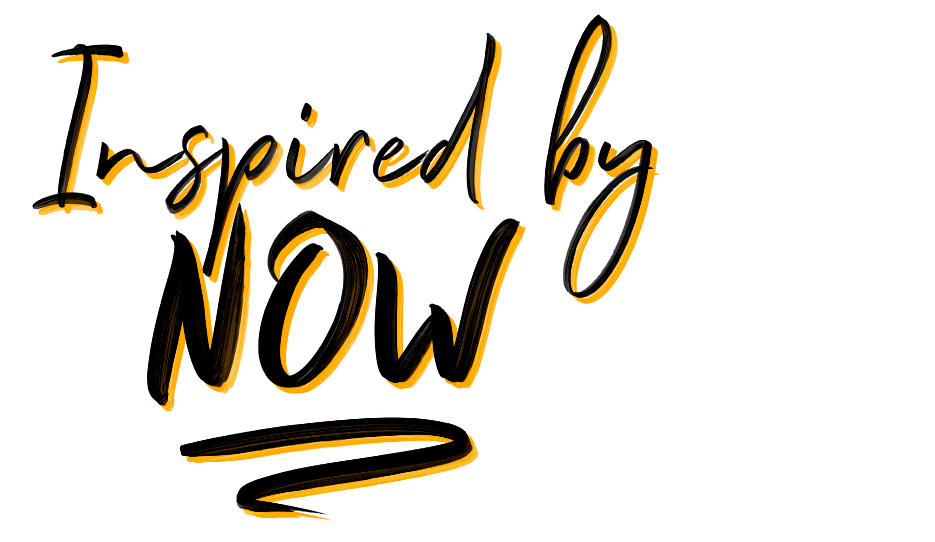Flowers make me very happy. Their sight and their fragrance make me feel in a way that not a lot of other living or not living things do. I admire their ability to attract my attention as well as of insects, I love how colorful they can be, and how my mood changes positively when I am surrounded with flowers.
A few weeks back I purchased some annuals for my backyard, including a Denver Daisy. Everything on this flower is very photogenic. It doesn’t matter from which direction I approach this beauty, it almost always gives me wonderful photographic results. In fact, I truly enjoyed their beauty after they passed their prime. It was a different kind of beauty, but I loved it nevertheless.
In order to portray the difference of the live floral beauty and the dead one, I used a slightly different post-processing technique. I created painterly images from all, but I used two kinds of color schemes; a warm palette for the earlier flowers and a much colder and dramatic one for the second set. One image I digitally hand painted. This is a technique that I am currently studying, and this was one of my practice pictures.









